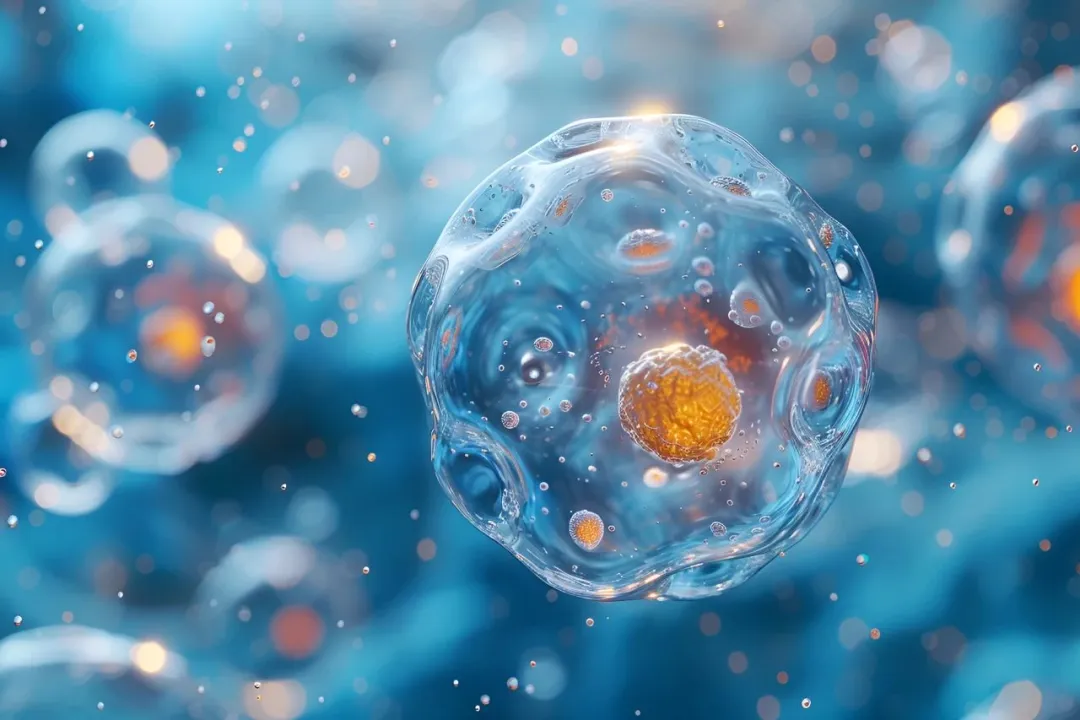HUANG Ying, LIU Jingwei, HOU Tiantian, WEN Hairuo, QIN Chao, LU Xu, GENG Xingchao
OBJECTVIE To provide safety basis for clinical application, and evaluate the toxicity CIK cells by repeated administration of CIK cells in severe immunodeficient NPG mouse model. METHODS The NPG mice were randomized into two groups: the main experimental group and the satellite group. Each group was divided into vehicle control group, low dose group (2×106 cells per mouse) and high dose group (3×107 cells per mouse). The CIK cells were given every two weeks for 6 times with 28-day recovery. During the experiment, the clinical symptoms, body weight and food intake were observed in the main experimental group. Blood samples were dissected and collected at the end of the administration period and recovery period, and the hematology, serum biochemical examination, cytokine detection, organ weighing and pathological examination were performed. The blood samples of satellite animals were collected to investigate the distribution of CIK cells before the first and last administration, 3 h, 1 d, 3 d, 10 d after the administration, and after the recovery period. RESULTS After repeated administration for 6 times at low dose, no obvious toxic reaction was observed in mice. A few CIK cells were detected in the blood at 1 day after the first dose and at some time points (3 h, day 10, day 29) after the last dose. High levels of CIK cells were detected in the blood of mice after repeated administration of 6 times at high dose. The levels of IFN-γ, TNF, IL-10, IL-2 and Il-10 in serum were increased. At the same time, significant graft-versus-host disease (GvHD) reaction was observed in mice, including the changes of clinical symptoms, body weight, food intake, hematology and serum biochemistry, mixed cell aggregation and GvHD-related lesions occurred in multiple organs of animals. CONCLUSION The data from the study indicates that no significant toxic reaction was observed at the dose of 2×106 cells per mouse (the clinical dosage). GvHD associated with xenotransplantation was observed at a dose of 3×107 cells per mouse, and no other related toxicity was observed. These data will facilitate CIK cells to enter into clinical trials.
